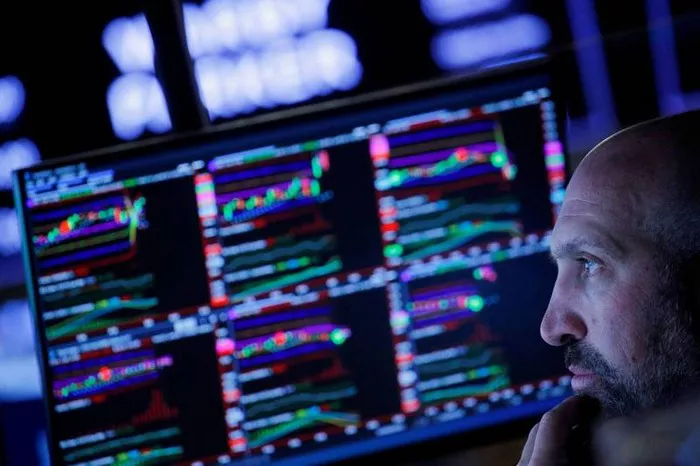Lumber futures provide market participants with a mechanism for trading and hedging against price fluctuations in the lumber market. As with other futures contracts, lumber futures have a specific symbol that represents them in the financial markets. Understanding this symbol is essential for investors, traders, and industry participants looking to engage in lumber futures trading. In this article, we explore the symbol for lumber futures, its significance, and the dynamics of the lumber futures market.
The Symbol for Lumber Futures
The symbol for lumber futures varies depending on the futures exchange where the contracts are traded. The two primary exchanges for lumber futures trading are the Chicago Mercantile Exchange (CME) and the Intercontinental Exchange (ICE). Each exchange has its unique symbol format for lumber futures contracts.
On the Chicago Mercantile Exchange (CME), the symbol for lumber futures is “LB.” This symbol represents lumber futures contracts traded on the CME’s electronic trading platform. The symbol is followed by a two-digit numeral that denotes the expiration month of the futures contract. For example, “LBK” represents a lumber futures contract expiring in May, while “LBN” represents a contract expiring in July.
On the Intercontinental Exchange (ICE), the symbol for lumber futures is “LS.” Similar to the CME, the symbol is followed by a two-digit numeral indicating the expiration month of the futures contract. For instance, “LSK” represents a lumber futures contract expiring in May, while “LSN” represents a contract expiring in July.
Understanding the symbol for lumber futures is crucial for identifying and trading the contracts on futures exchanges. Traders and investors use the symbol to place orders, track market activity, and analyze price movements in the lumber futures market.
Market Dynamics of Lumber Futures
Lumber futures are financial contracts that obligate the buyer to purchase a specified quantity of lumber at a predetermined price on a future date. These contracts serve as a mechanism for hedging against price risk and speculating on future price movements in the lumber market. Lumber futures contracts are standardized, with each contract representing a specific quantity and grade of lumber.
The lumber futures market is influenced by various factors, including supply and demand dynamics, economic conditions, weather patterns, and market sentiment. Factors such as housing construction, remodeling activity, infrastructure projects, and international trade can impact demand for lumber, while factors such as logging restrictions, transportation disruptions, and weather events can affect supply.
Traders and investors analyze fundamental and technical indicators to assess market conditions and make trading decisions in the lumber futures market. Key indicators include lumber prices, housing starts, construction activity, inventory levels, interest rates, and currency exchange rates. Technical analysis tools such as moving averages, trendlines, and support and resistance levels are used to identify trends, patterns, and potential reversal points in price movements.
Trading Strategies in Lumber Futures
Traders employ various trading strategies to capitalize on price movements in the lumber futures market. These strategies range from trend following and mean reversion to breakout trading and spread trading. Each strategy has its advantages and disadvantages, and traders must adapt their approach based on market conditions, trading objectives, and risk tolerance.
Trend following strategies involve identifying and following established trends in lumber prices, entering long positions in uptrends and short positions in downtrends. Mean reversion strategies focus on identifying overbought or oversold conditions in lumber prices and entering contrarian positions to profit from price reversals.
Breakout trading strategies involve entering trades when lumber prices break out of established trading ranges or chart patterns, such as triangles, flags, and head and shoulders formations. Spread trading strategies involve simultaneously buying and selling related futures contracts to exploit price differentials or hedging against spread risk.
Risk Management in Lumber Futures
Effective risk management is essential when trading lumber futures, given the inherent volatility and uncertainty in commodity markets. Traders employ various risk management techniques, such as setting stop-loss orders, using options and futures contracts to hedge positions, diversifying portfolios, and managing position sizes to limit potential losses and protect capital.
Different trading strategies can be employed depending on market conditions, trading objectives, and risk tolerance. While some traders may focus on short-term price movements and intraday trading, others may adopt a longer-term perspective and hold positions for days, weeks, or months.
Conclusion
In conclusion, understanding the symbol for lumber futures and the dynamics of the lumber futures market is essential for investors, traders, and industry participants looking to engage in futures trading. Lumber futures provide a mechanism for hedging against price risk and speculating on future price movements in the lumber market.
By analyzing market fundamentals, technical indicators, and trading strategies, traders can make informed decisions and navigate the complexities of the lumber futures market. Effective risk management is crucial for managing exposure to price volatility and protecting capital in commodity futures trading.
Whether hedging against price fluctuations, speculating on short-term price movements, or managing investment portfolios, lumber futures offer opportunities for market participants to achieve their trading objectives and mitigate risk in the lumber market.


